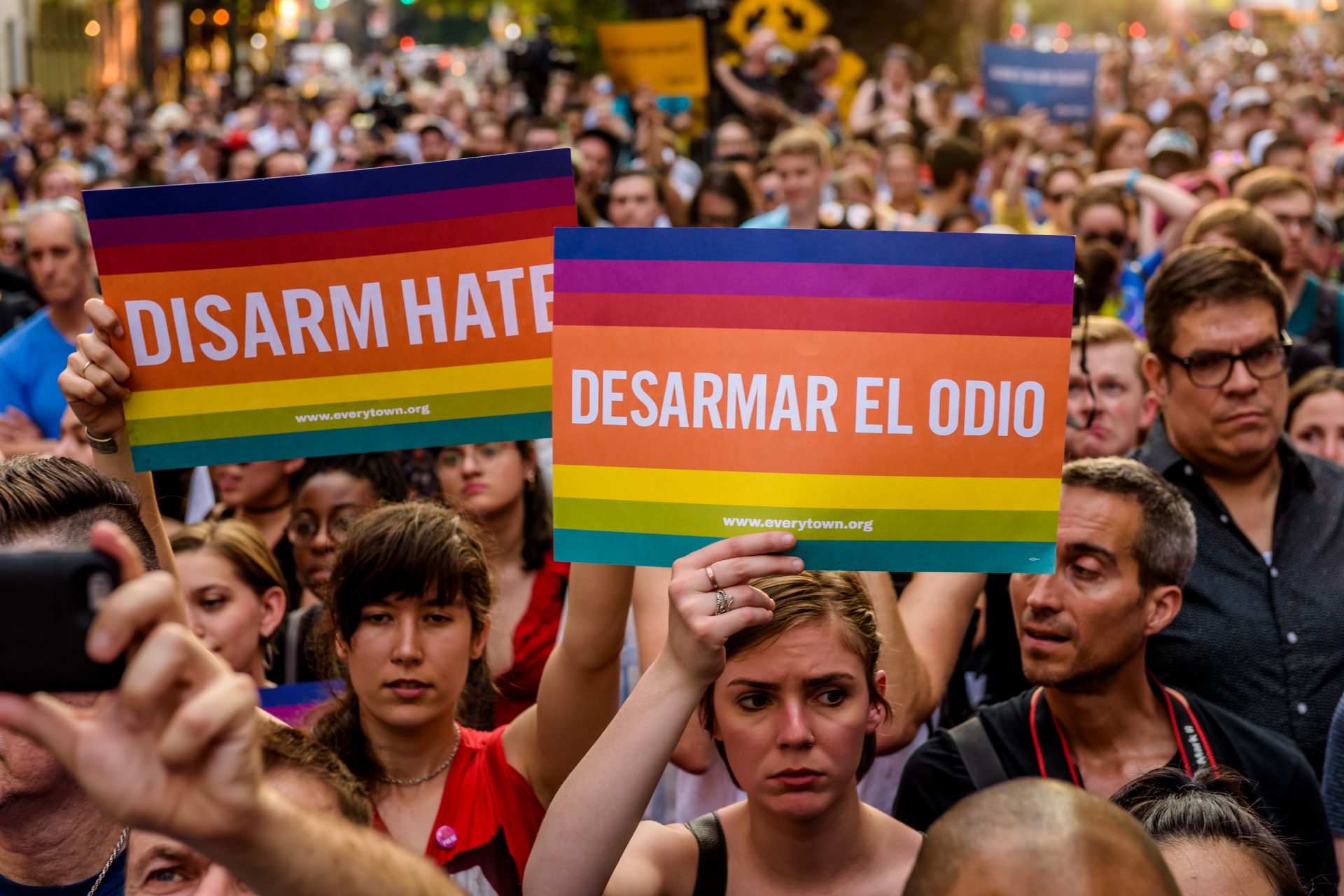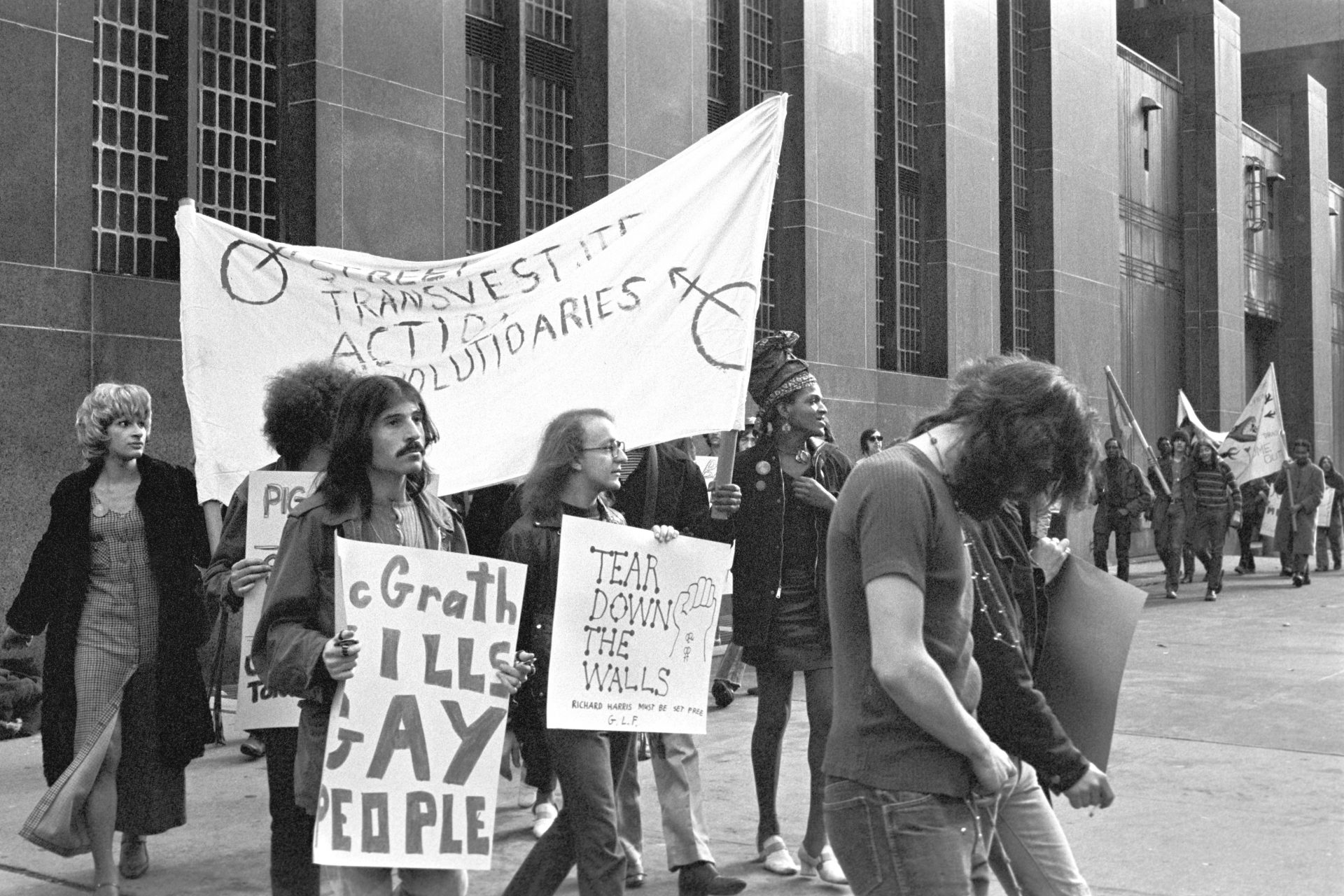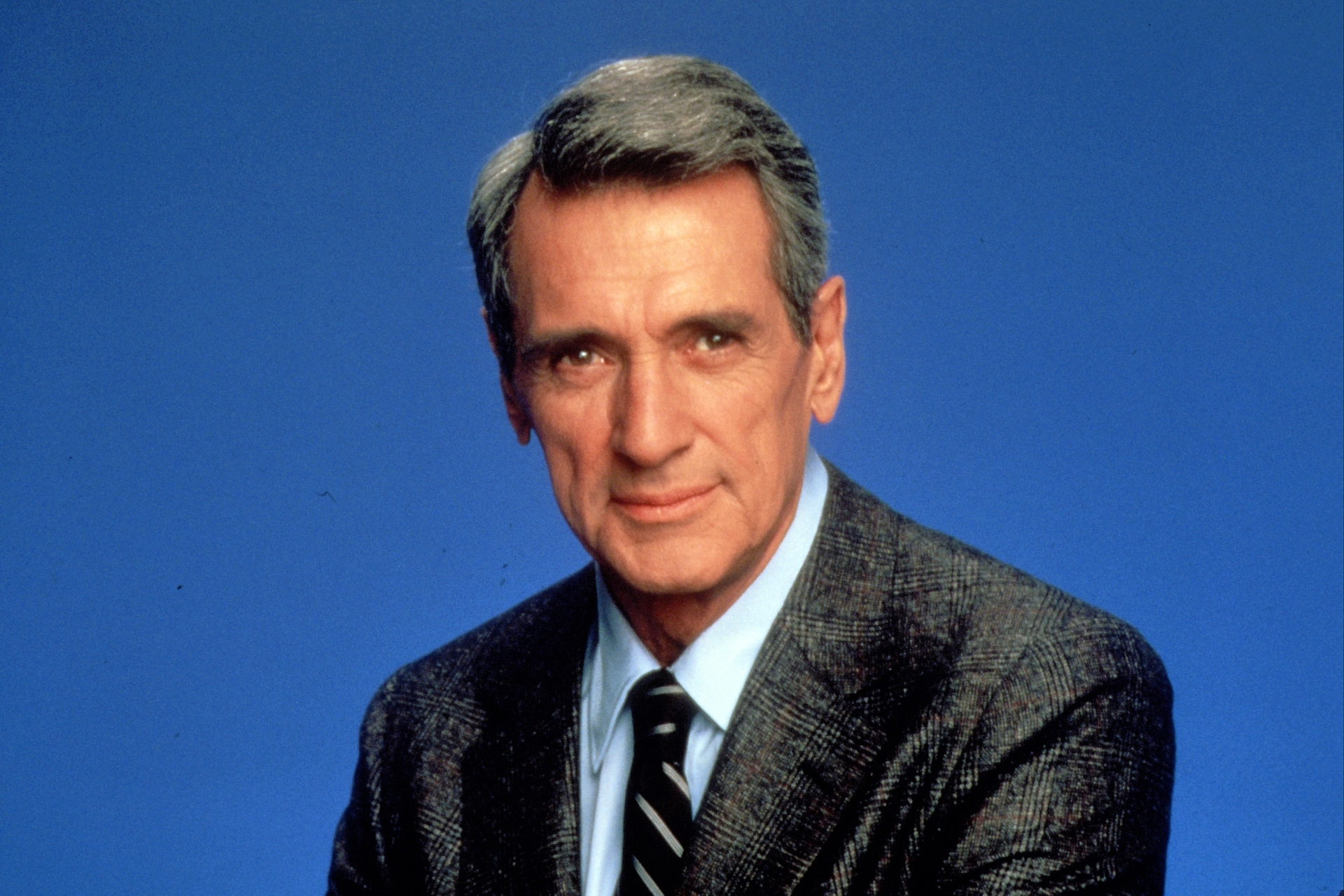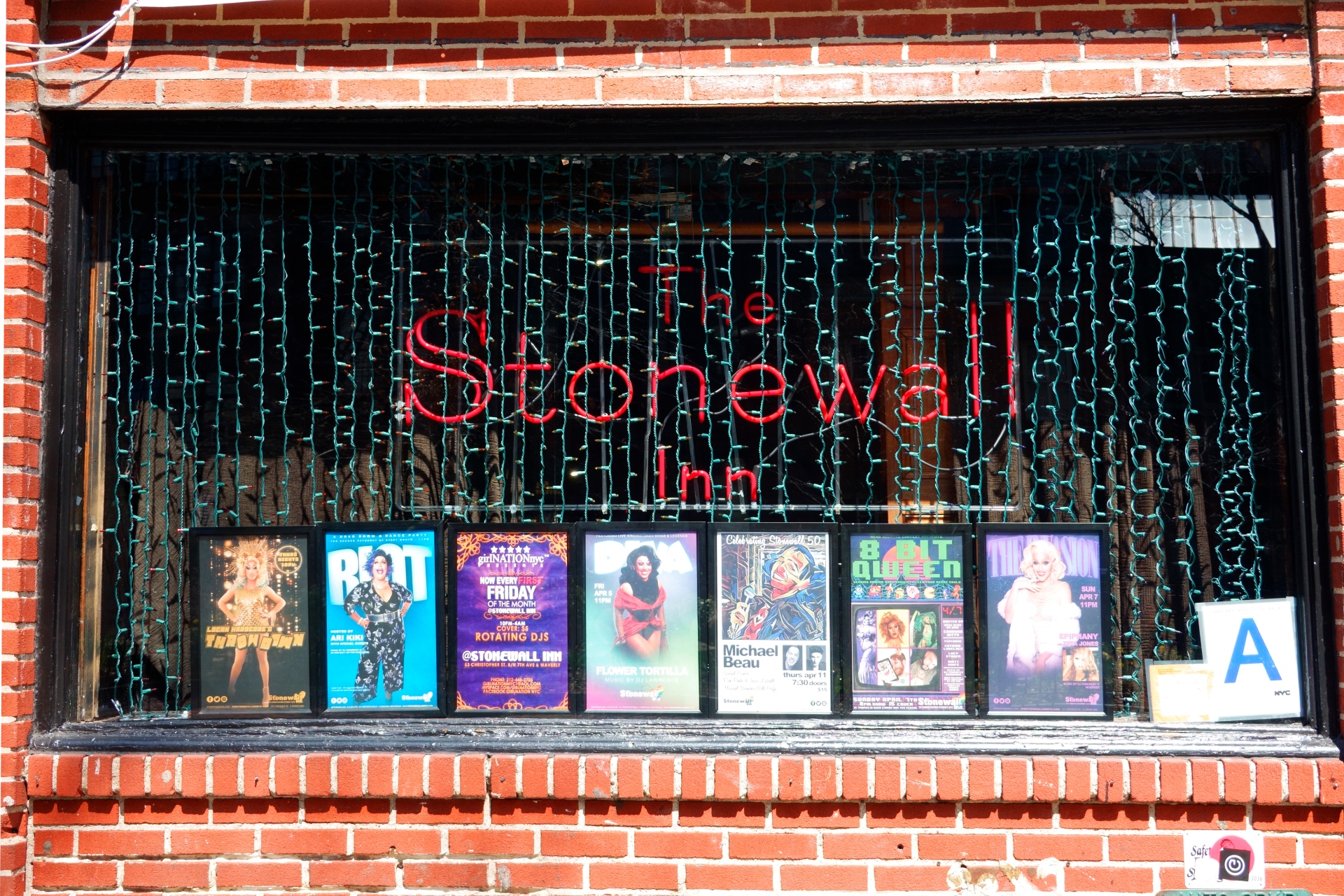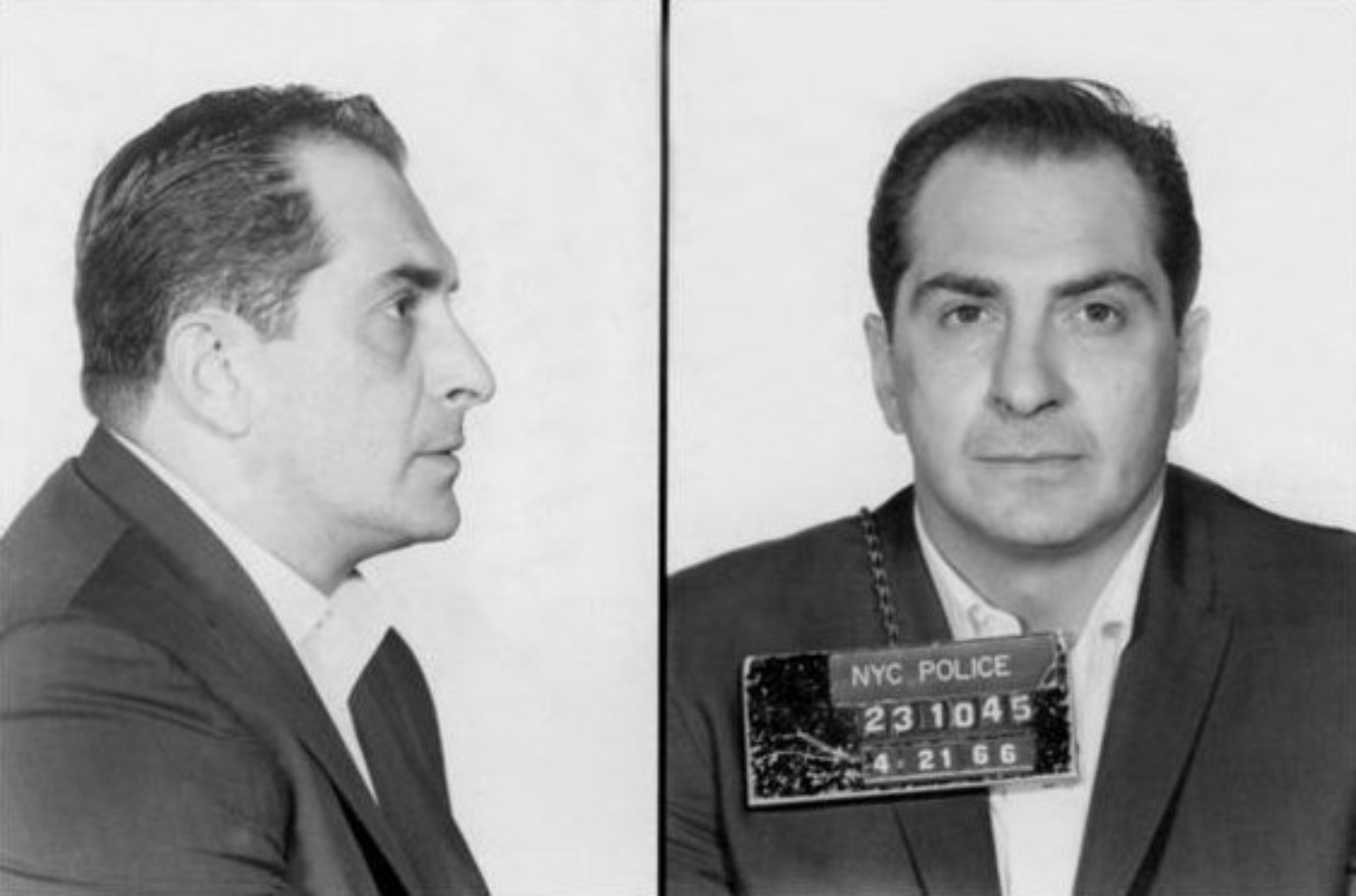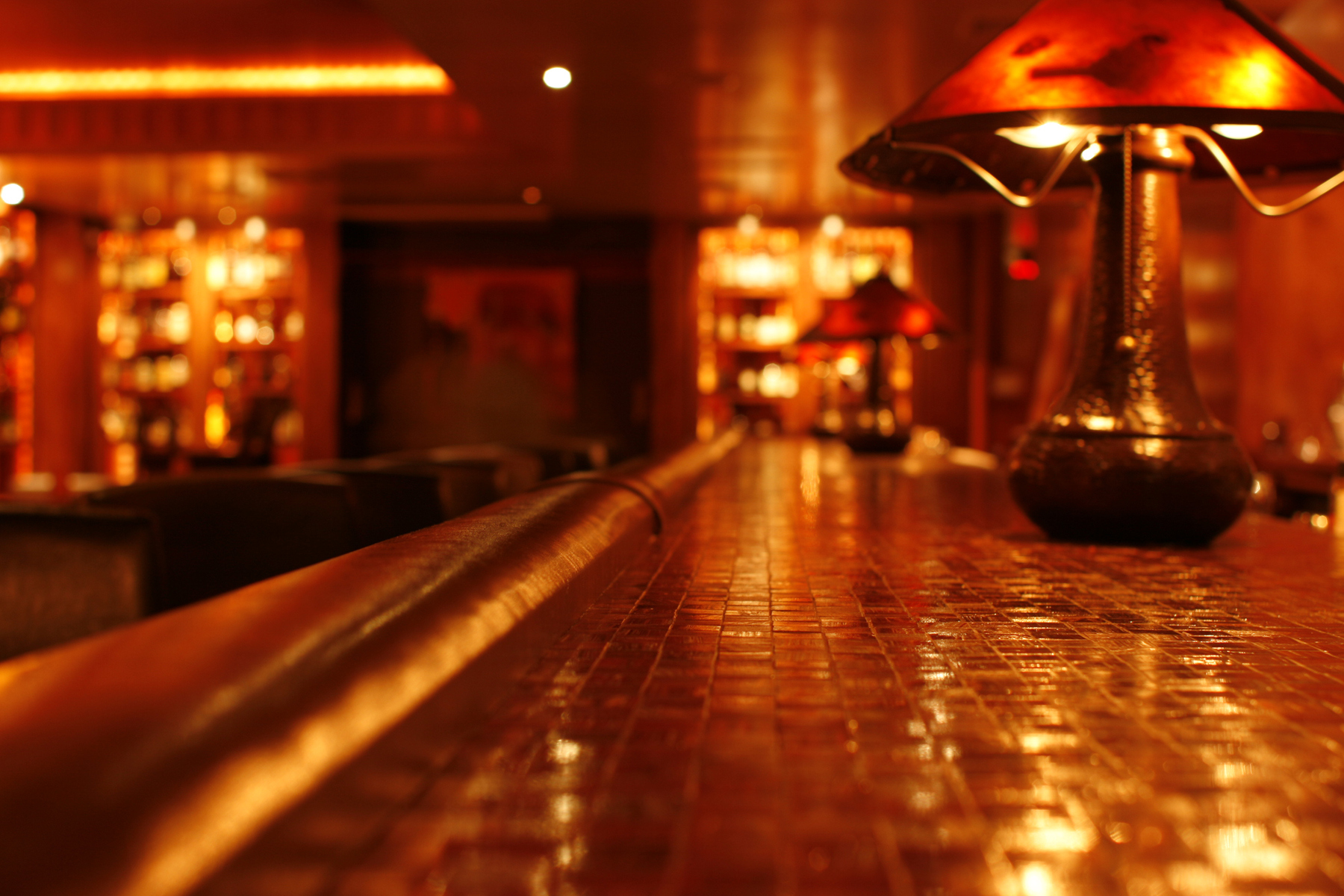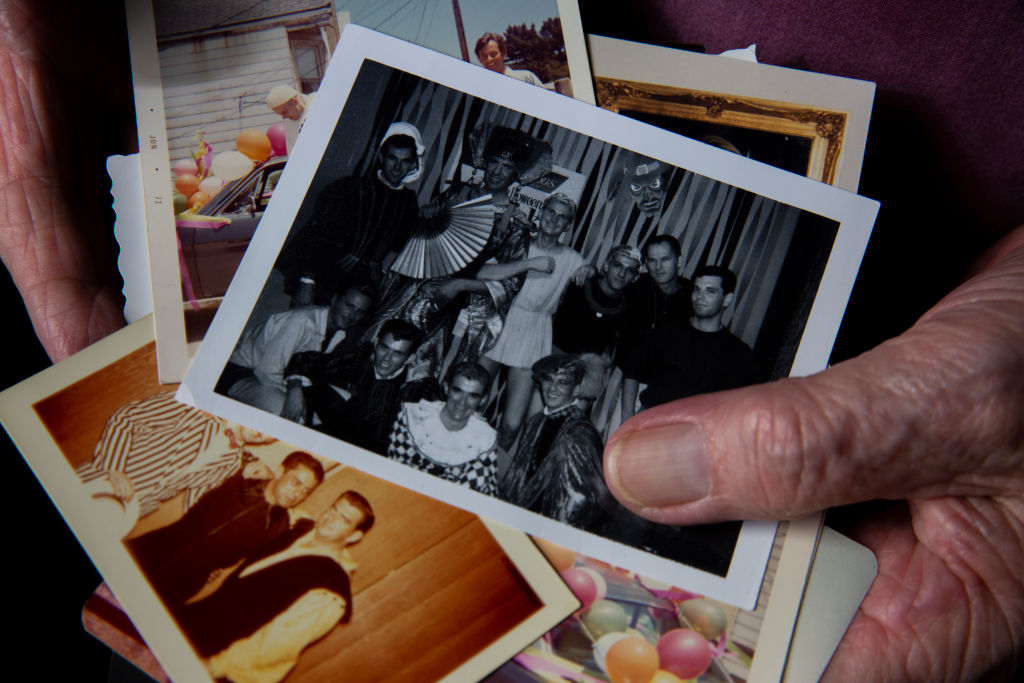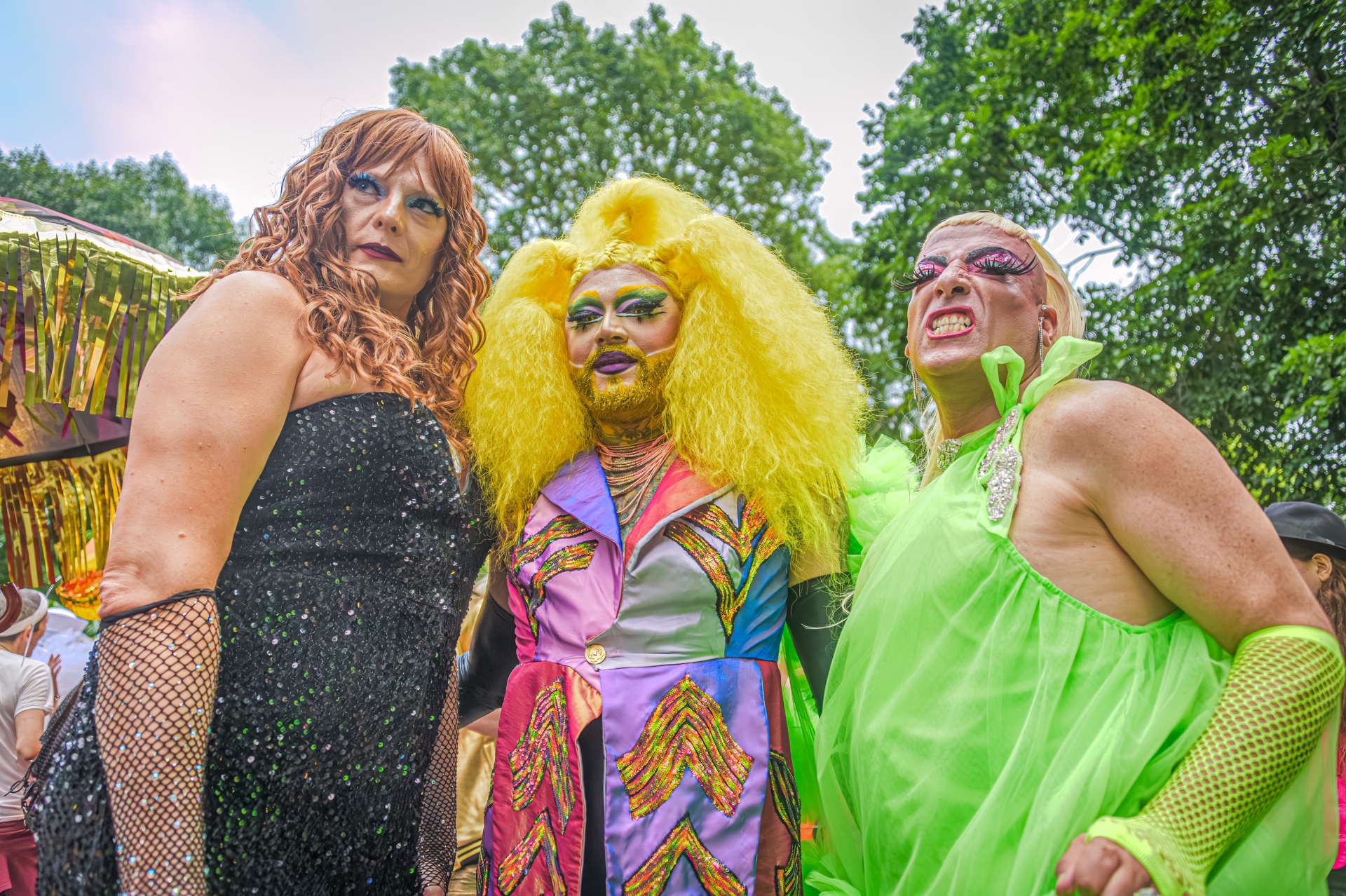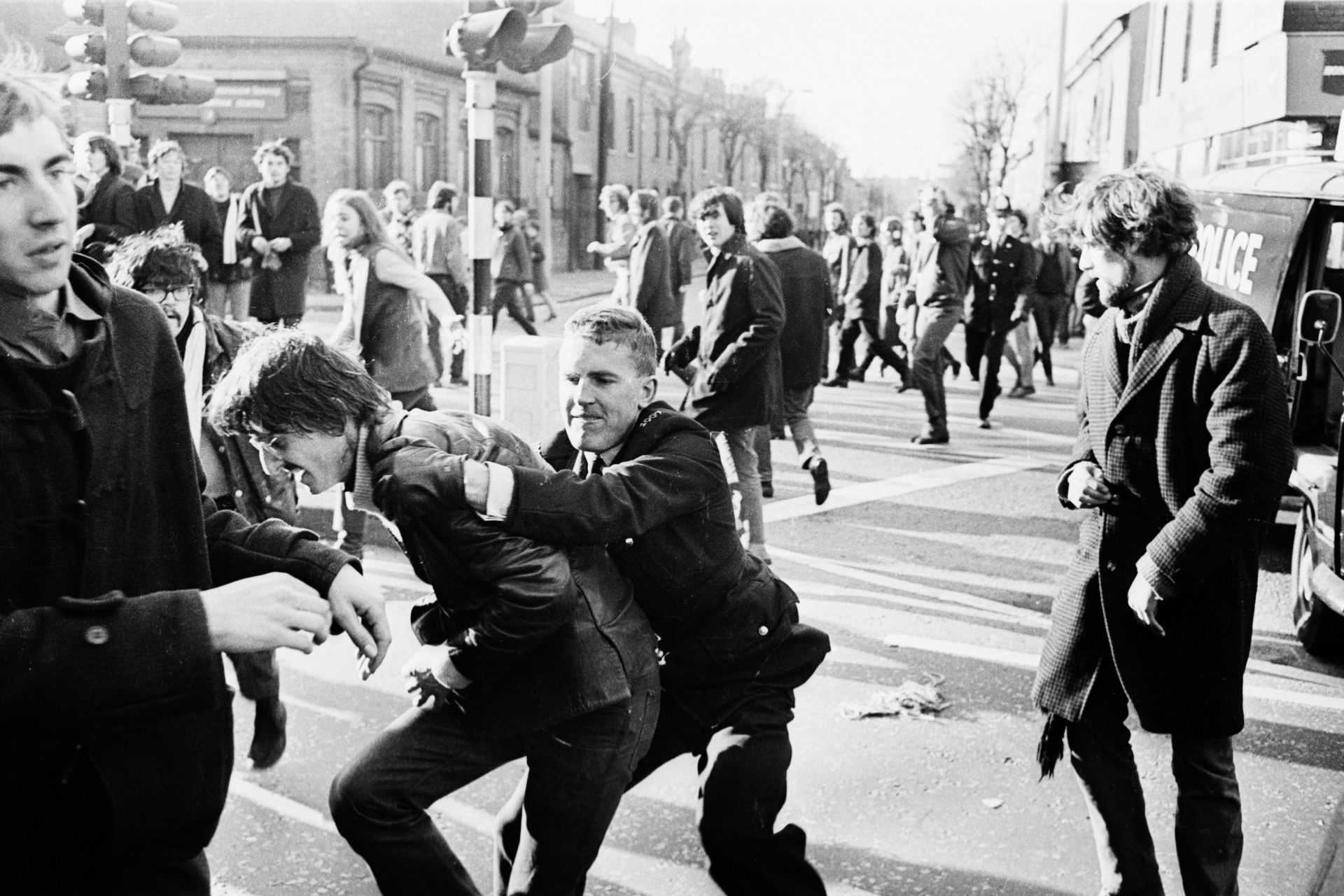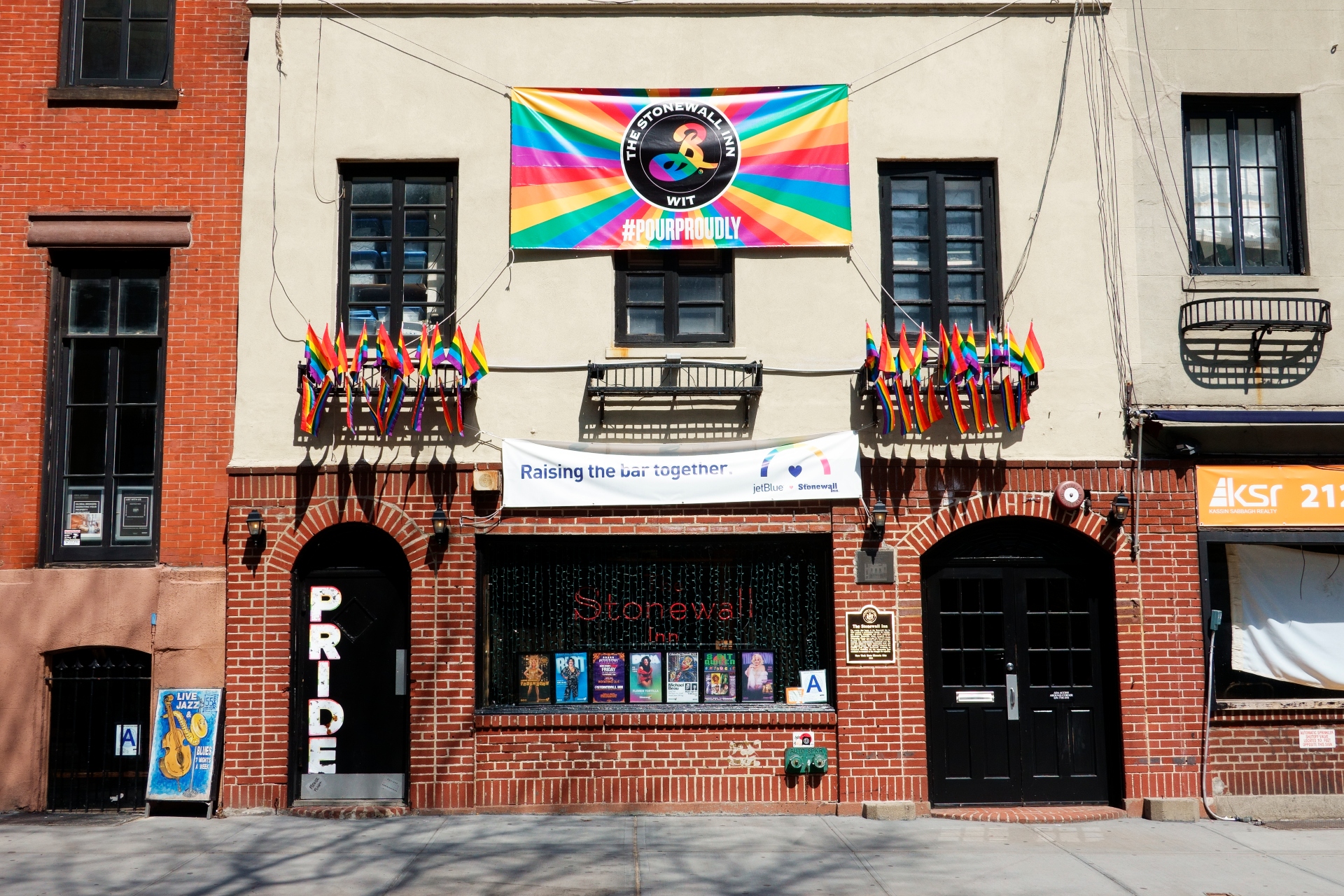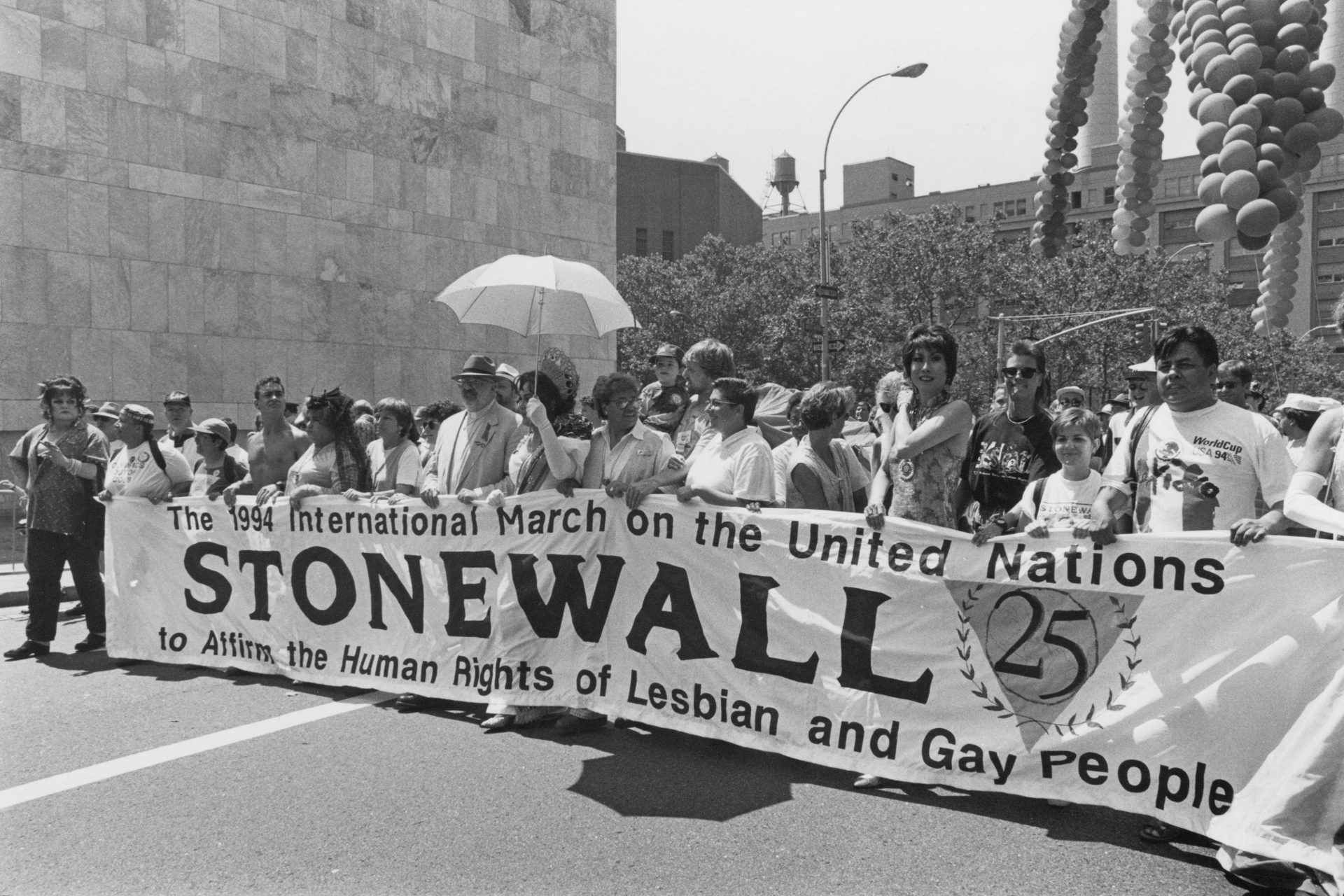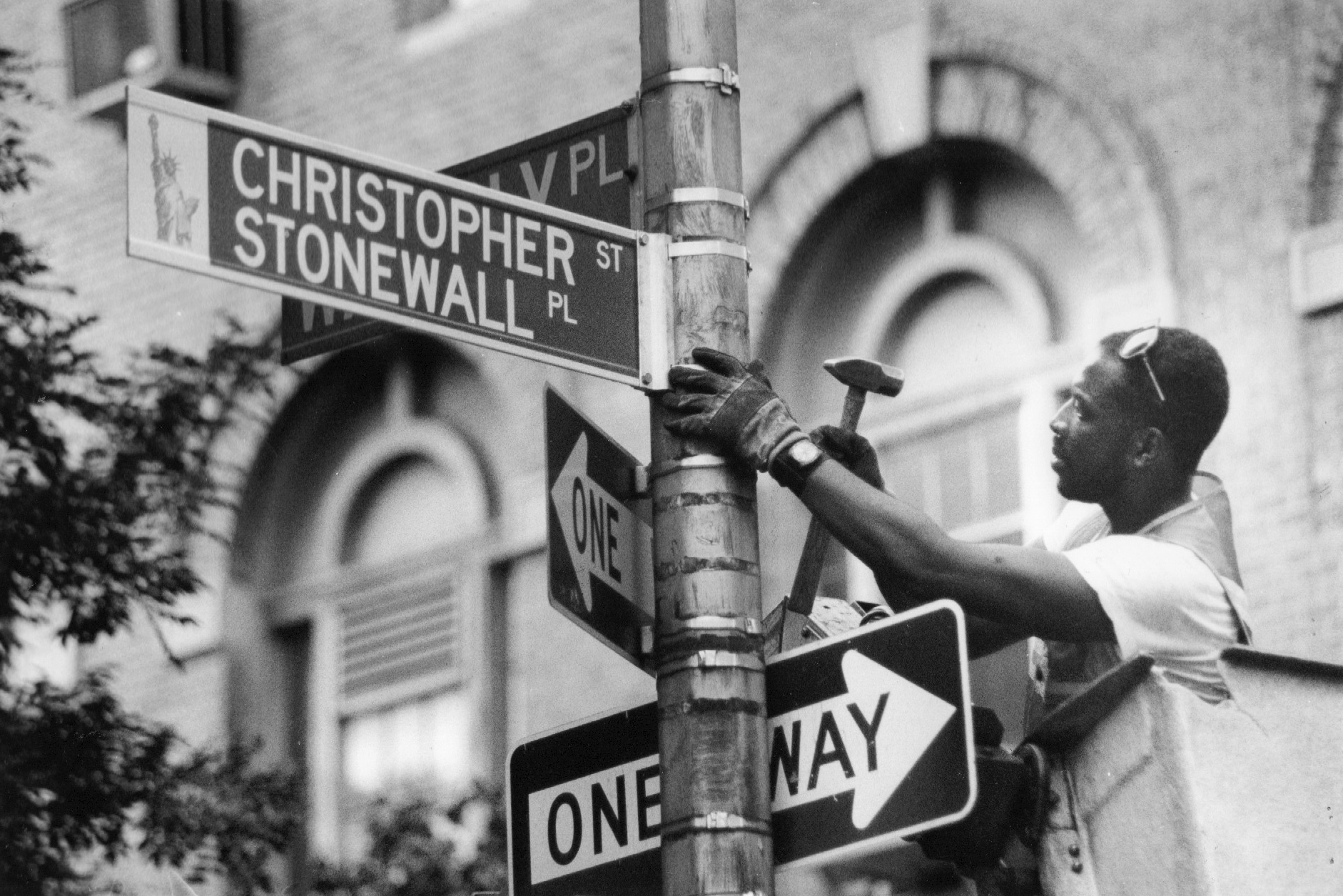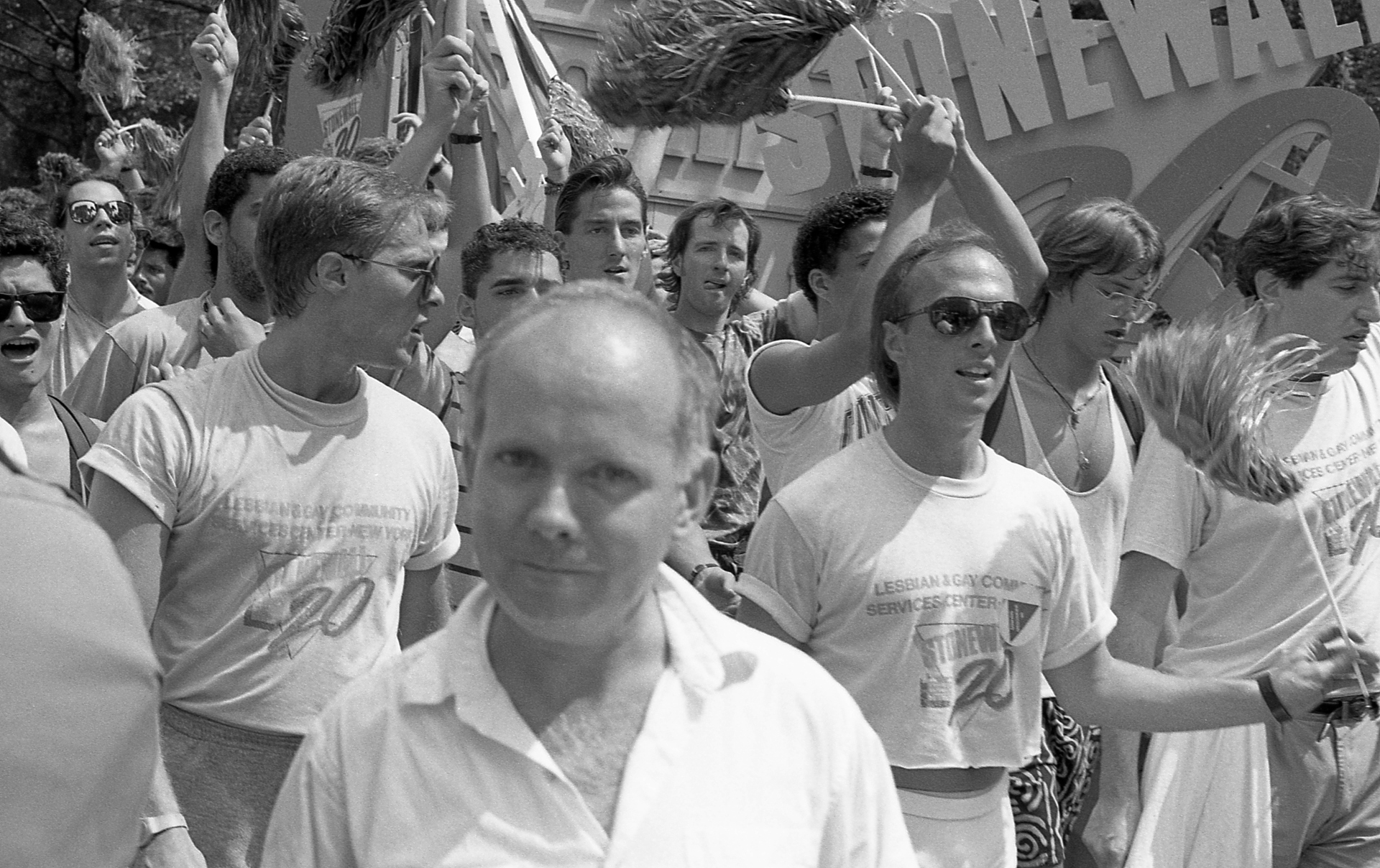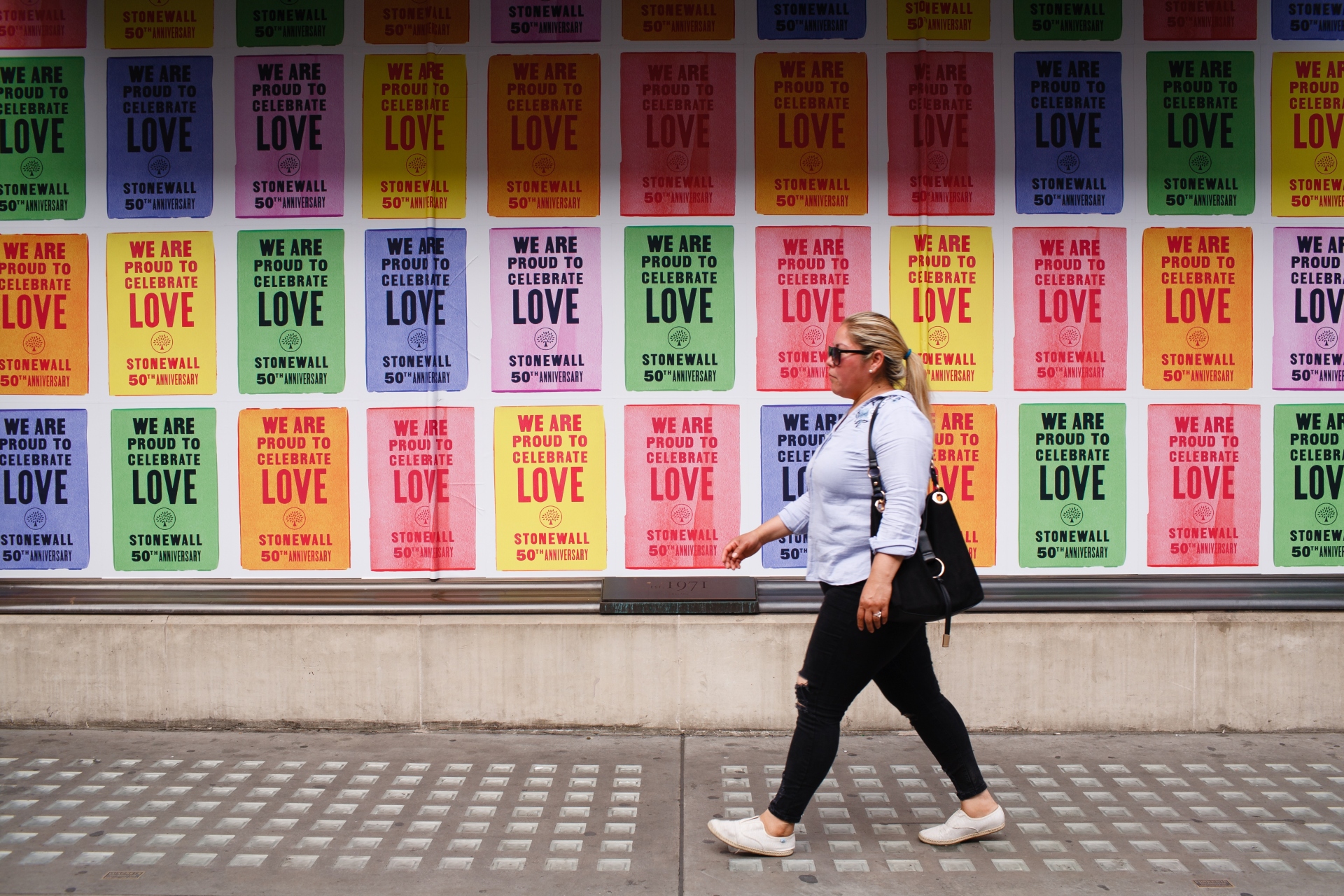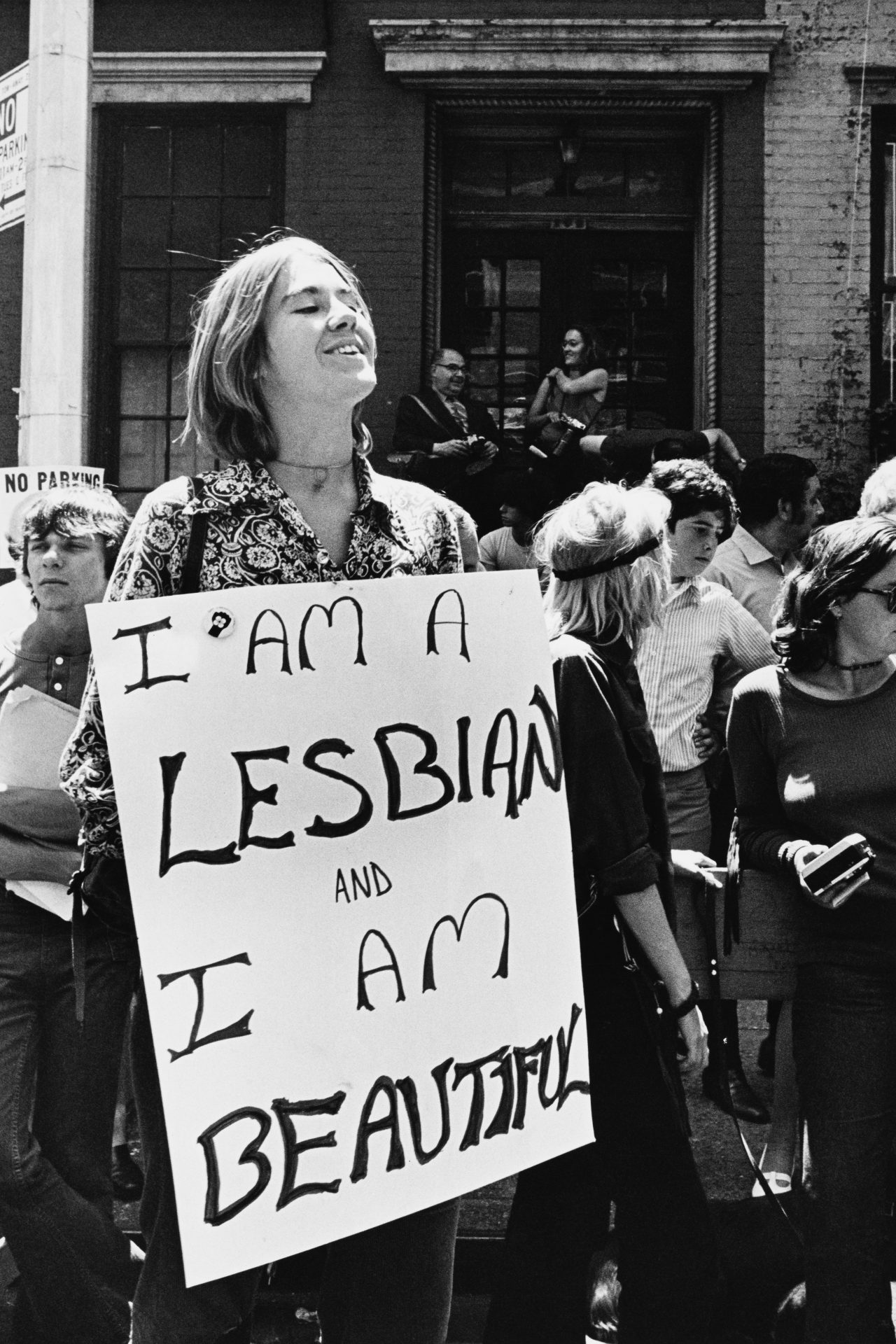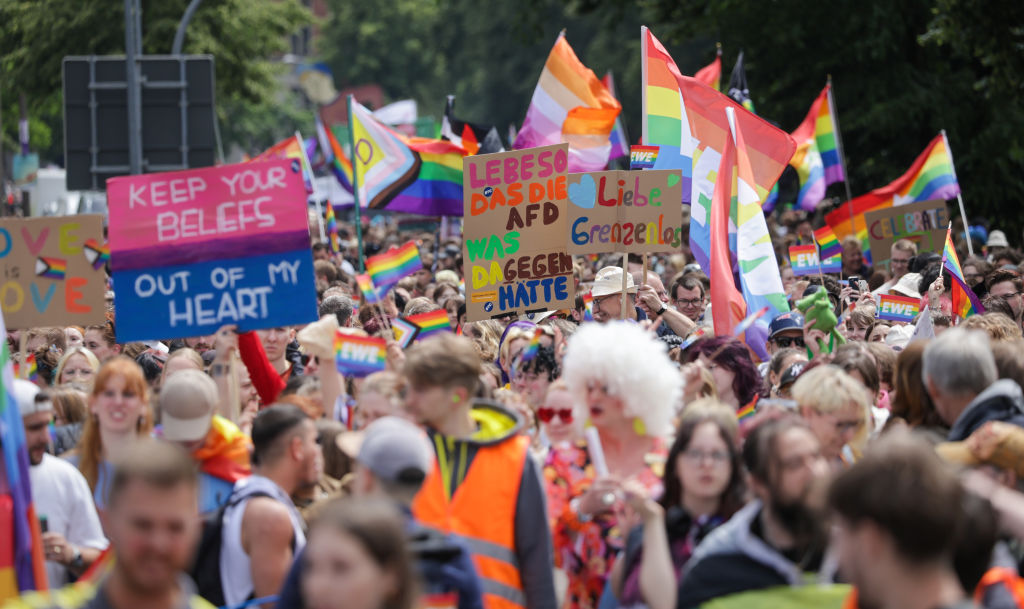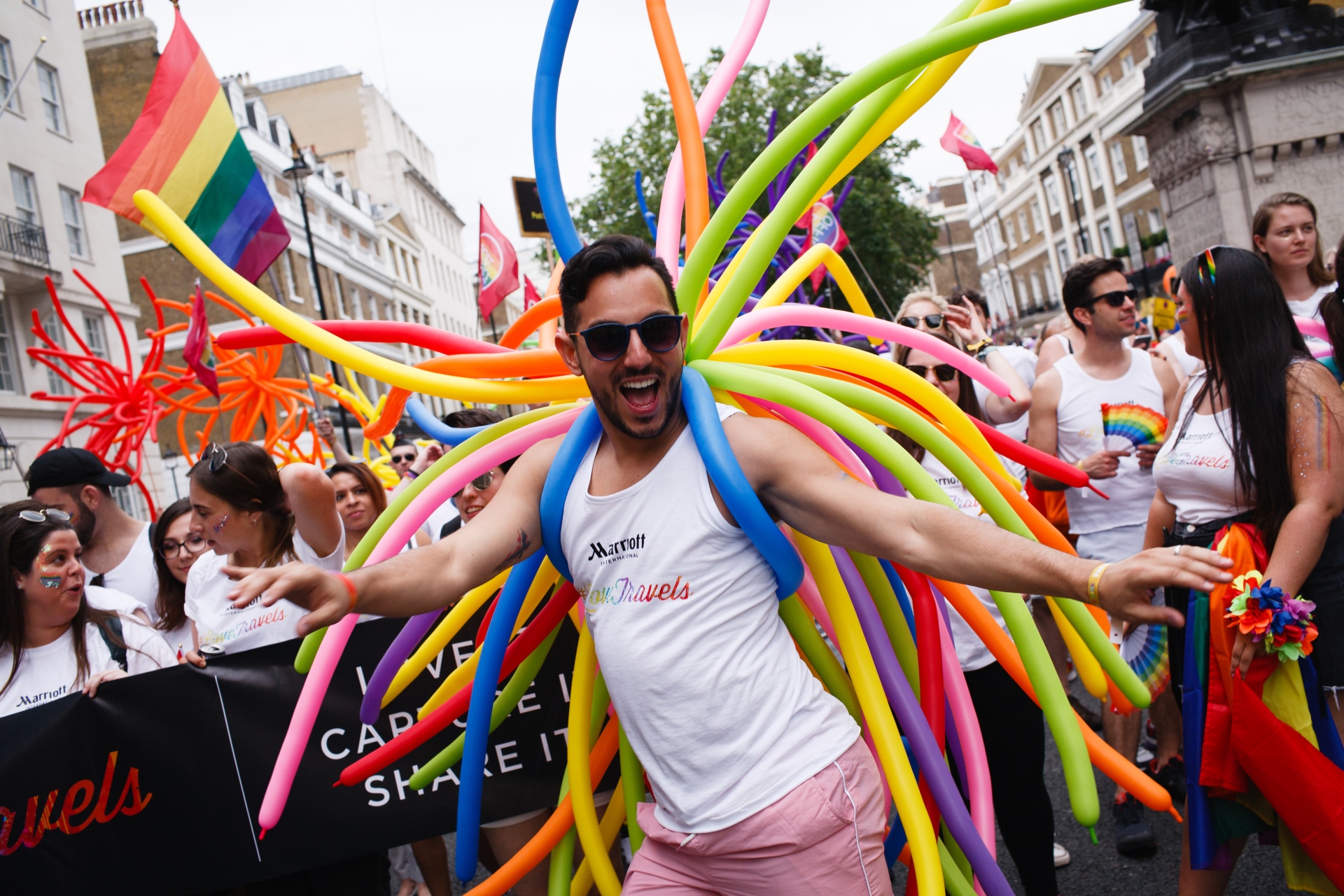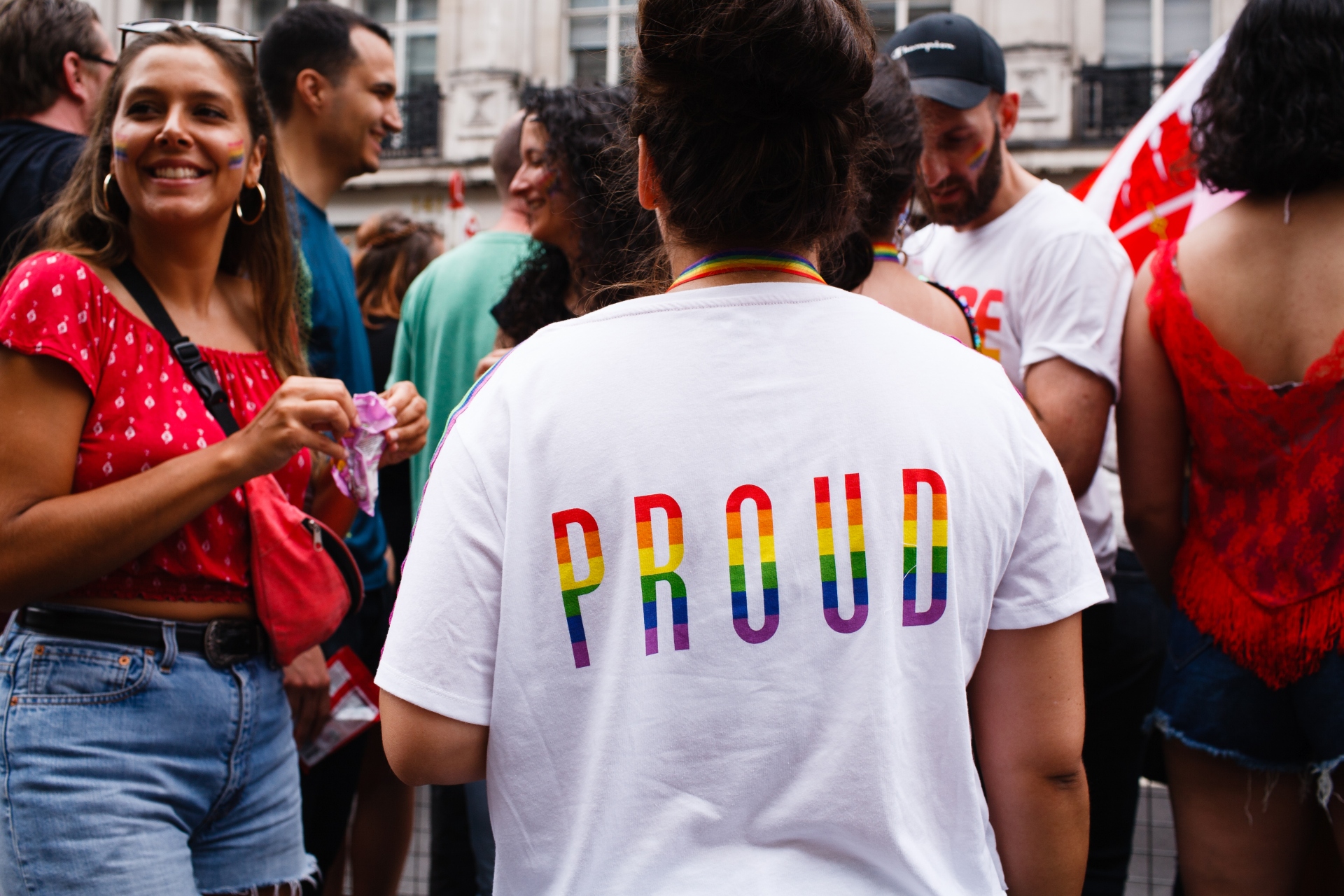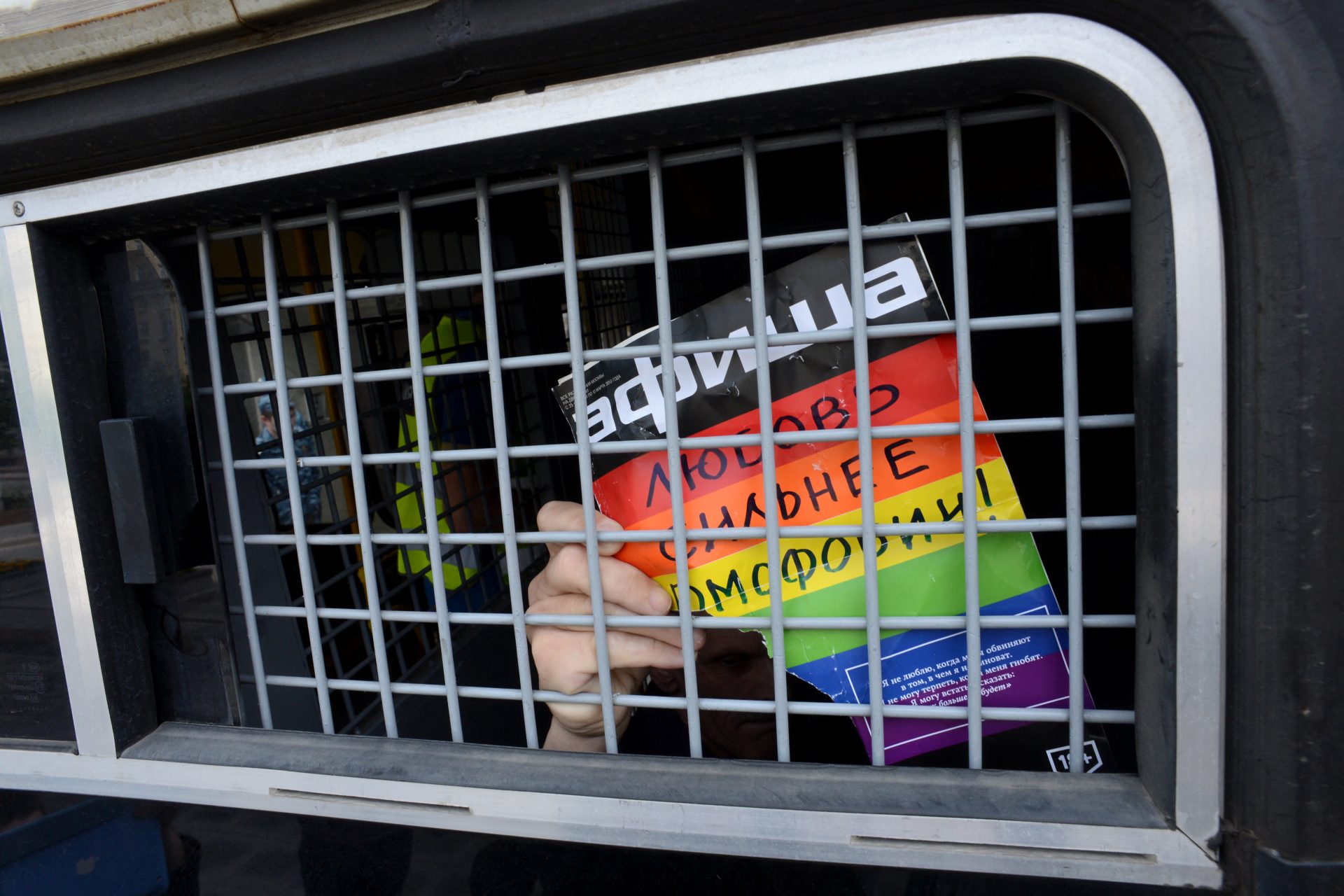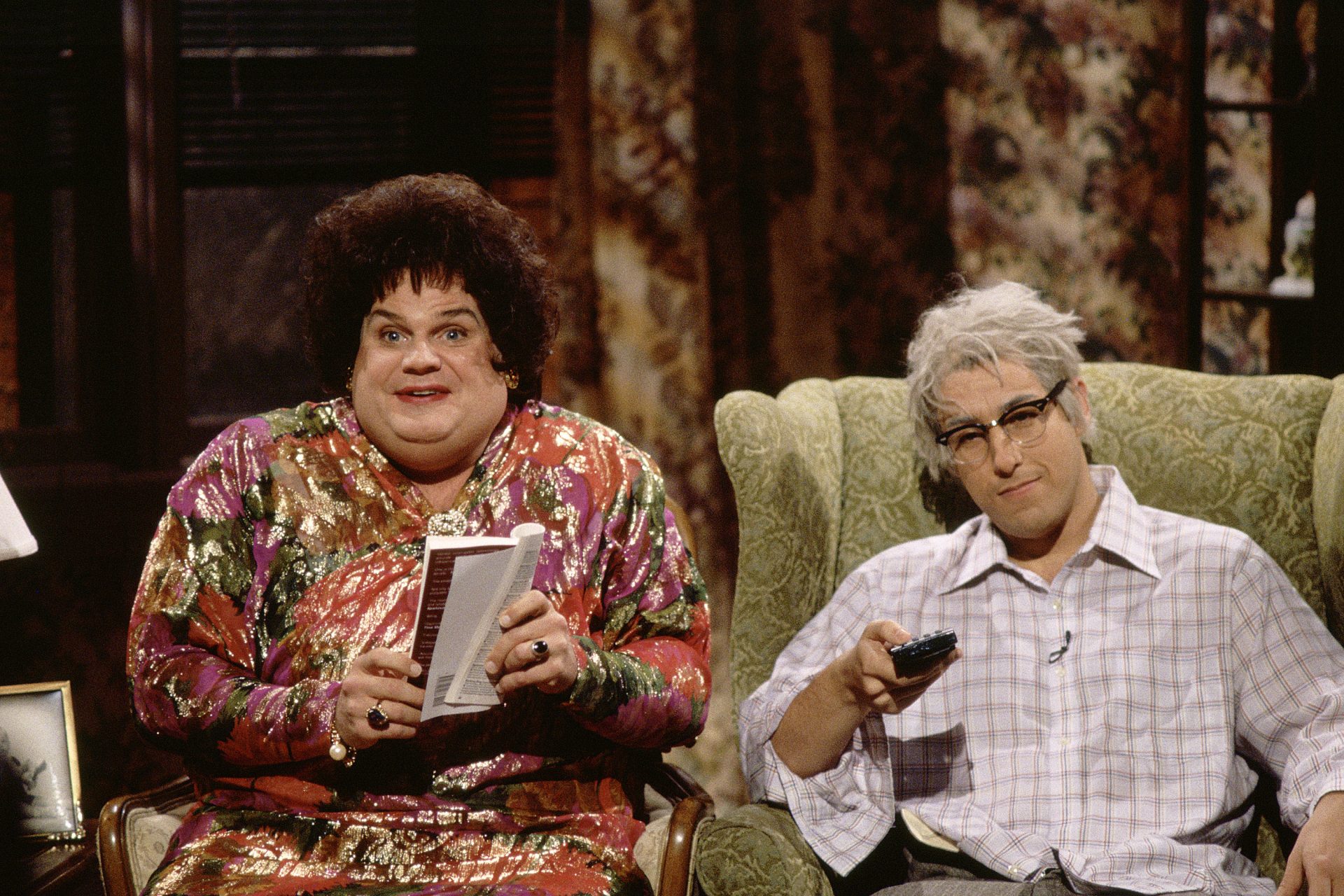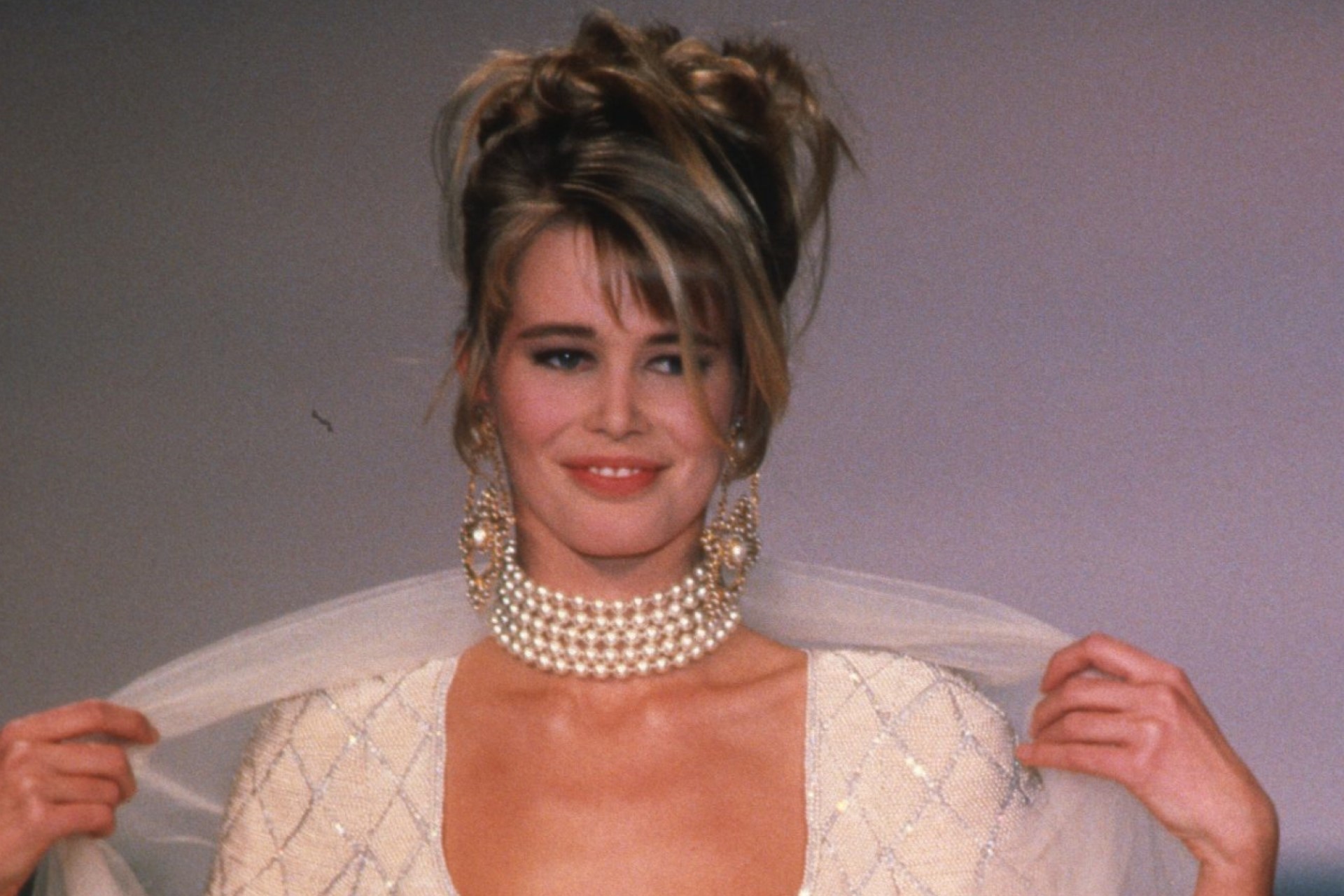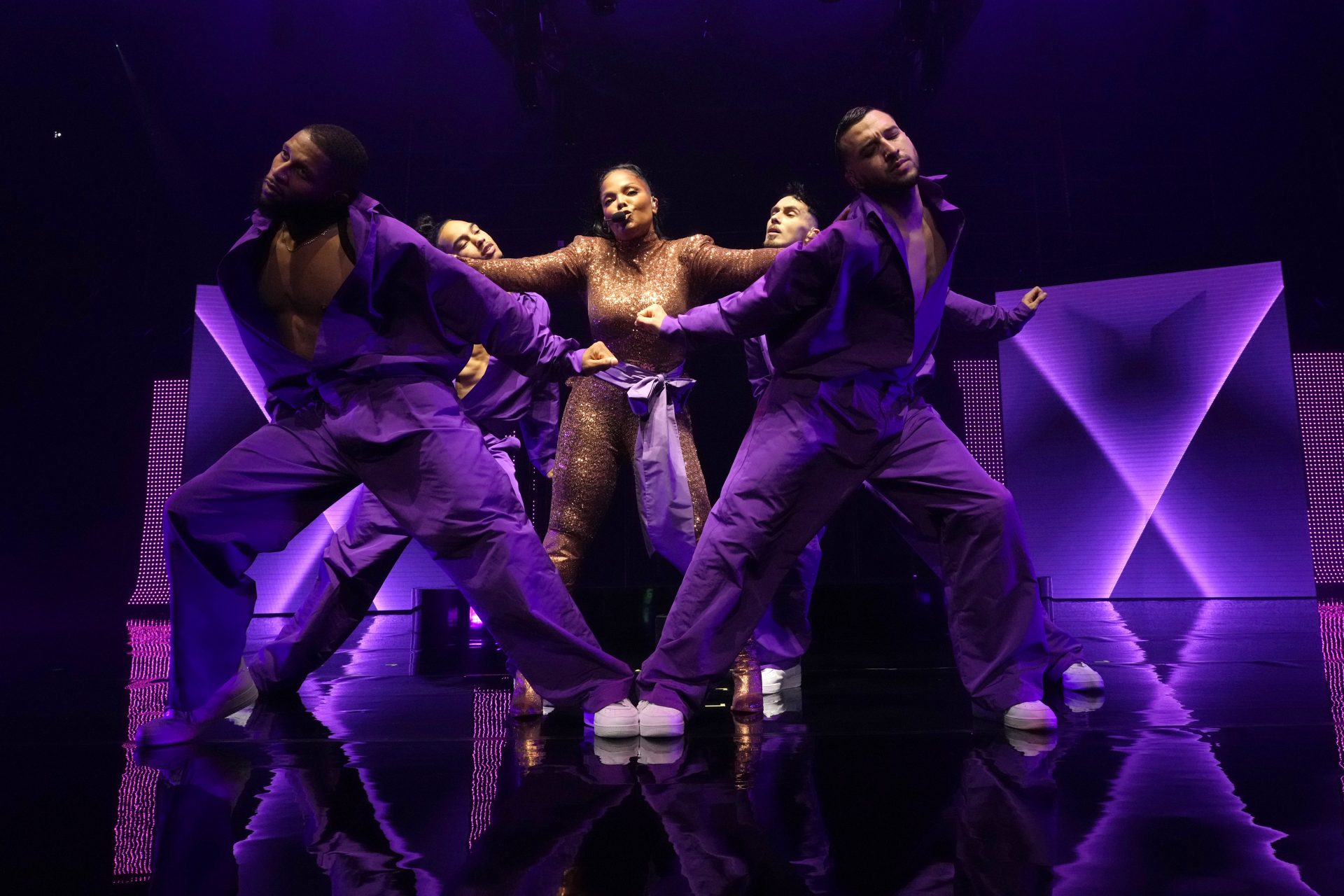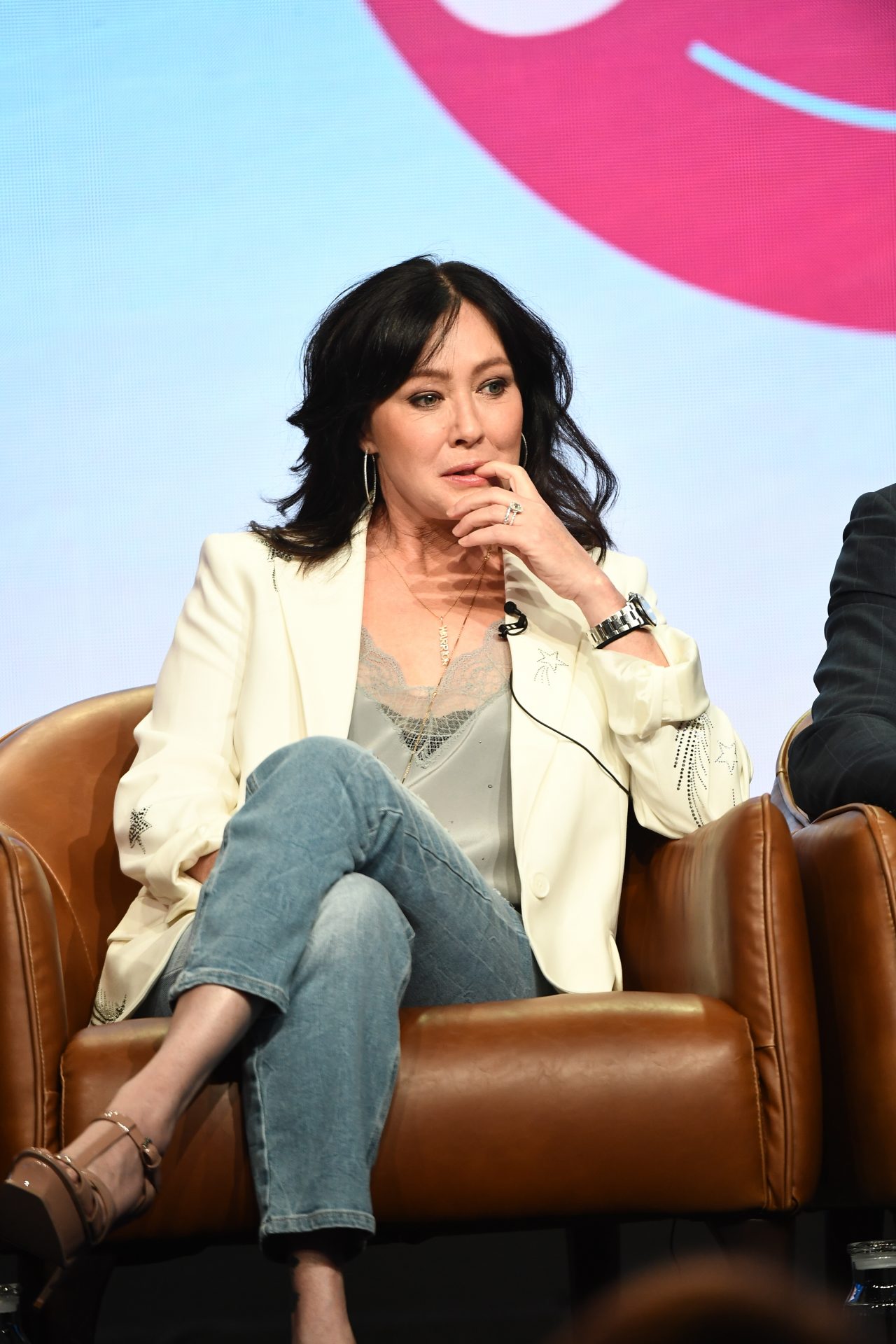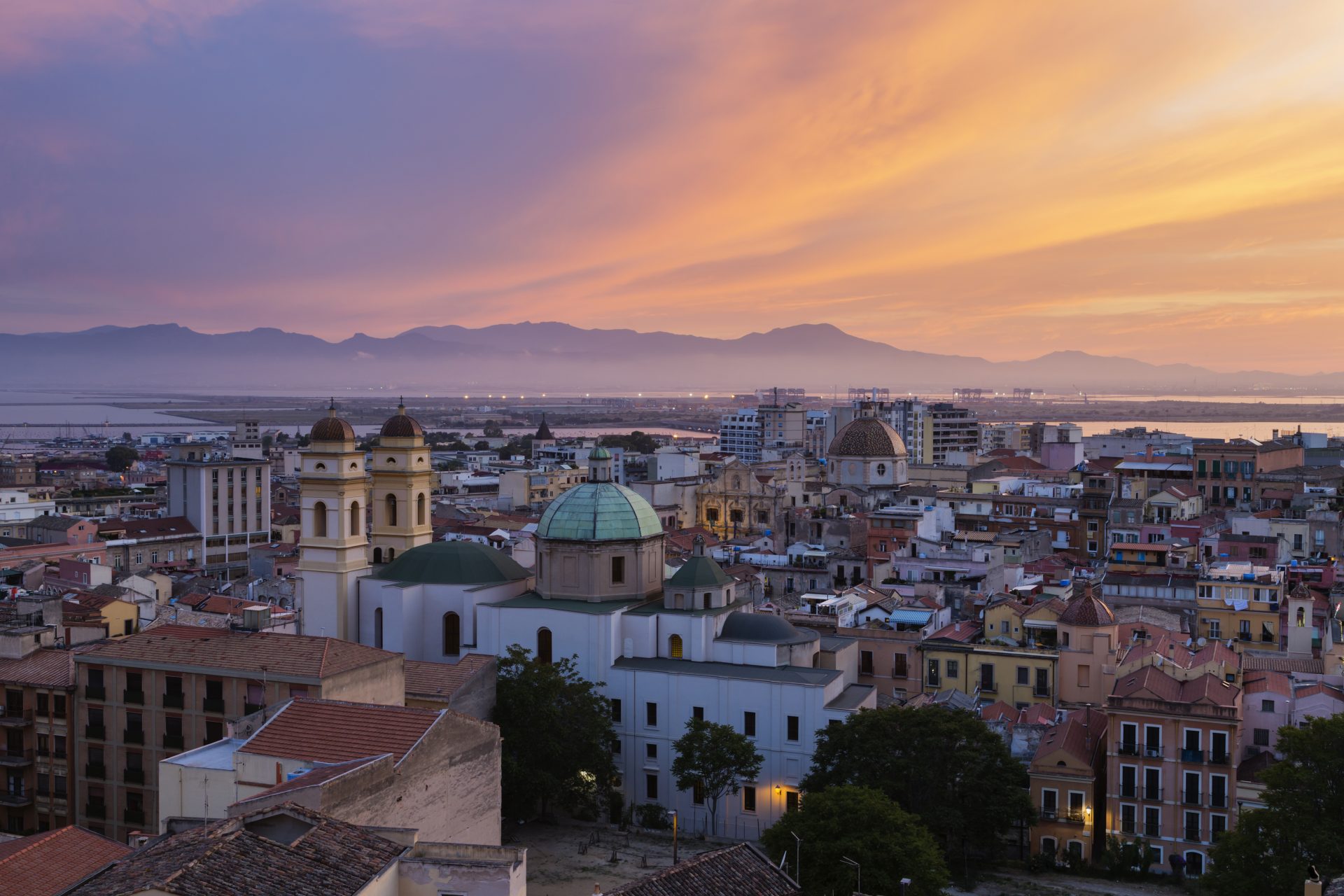The dark history of the Pride March in photos
Gay pride parades may seem to outsiders like a party, some kind of carnivalesque procession. But the march did not start out with the glitter and laughter that pride events have today. It was, in fact, a violent encounter between police and protesters, called a 'riot' because the greater public considered the LGBT protesters as the initiators.
The first 'gay pride' was a confrontation between police and protesters in front of a gay bar in Christopher Street, New York. The infamous label 'riot' came from media coverage reflecting the homophobic attitudes of that era. Others now refer to it as an 'uprising' instead. Reactions to the events in New York sparked the birth of a generation of activists.
In most states in the United States, there was no single law protecting homosexuals, and there were no openly gay politicians or pop culture icons. One of the most infamous cases was that of actor Rock Hudson. He had to get married to avoid being discovered.
The Stonewall Inn is a gay club that opened its doors in 1967 in the heart of Greenwich Village, in Manhattan.
Despite the winds of change already felt in other cities, such as liberal San Francisco, New York was infamous for its strict enforcement of anti-gay laws. There were often tensions in Christopher Street.
To avoid state regulations prohibiting homosexuals from consuming alcoholic beverages, mobster 'Fat Tony' operated the Stonewall Inn as a private club.
Photo: Edgar Baptista / X
Stonewall and other bars were not all fun and laughter, even if they were in a bohemian neighborhood like Greenwich Village. Most had no running water and their windows were sealed so no one could see inside. Despite the poor amenities, they were very expensive.
Since they were among the few places where people found the freedom they desired - being able to dance and interact with other people in the LGBTQ community openly and without being judged - gay visitors frequented the bars anyway.
At that time, this community self-identified as 'drag queens' but they rarely dressed as such, both because of street harassment and because it was prohibited by law to wear more than three items of clothing associated with the opposite sex. Women were not allowed entry into the bars.
The clubs could operate because the owners bribed the police. Officers would notify the club owners so they could stop the music and let everyone out right before a police raid.
On Tuesday, June 24, 1969, police raided Stonewall and didn't warn in advance. Police raids tended to be violent. As customers were tired of being harassed, the police met resistance. Members of the LGBTQ community clashed with police in an uprising that lasted six days.
News of the 'riots' spread. Instead of staying away from the fight, 600 people showed up in support on Friday, June 27. Then, around 2,000 came on Saturday, June 28. They held hands in bold displays of public affection and sang about gay power.
The next three nights were relatively quiet. However, by the following Wednesday, July 2, protesters returned and were joined by other leftist groups. In the violent clash with police, 21 people were arrested and many were injured.
Weeks later, Mattachine-New York (a civil association with chapters across the country) led a 'gay power' march from Washington Square Park to Stonewall that attracted hundreds of people, along with former Mattachines and feminists who joined the Gay Liberation Front.
Gay communities wanted to be independent from organized crime. They held parties whose profits funded an underground newspaper, a bail fund for members, and lunches for the poor. They also formed a common front that questioned mayoral candidates in forums about their views on homosexuality.
Meanwhile, activist Craig Rodwell came up with another way to harness the energy of Stonewall. He proposed an annual reminder of the riots. That reminder became the Pride March we know today.
Rodwell and thousands of others returned to Greenwich Village a year after the Stonewall uprising. The march for gay rights would become an annual event that eventually came to be known as the Pride Parade. It is held each year in New York and many other cities around the world.
The police turned their backs to convey their disdain, but the masses continued carrying signs, singing, and waving to the spectators.
Thanks to these first, brave people, who faced violence and imprisonment for standing up, the LGBTQ community in a lot of countries can now open up about their orientation and obtain civil rights.
After a wave of gay marriage legislation started two decades ago, there's now a lot to do about the letter 'T' in LGBTQ. Gender changes in documentation and recognition of gender identities are on the rise in several countries.
See which American states are most and least open to gay rights
Yet, there is still much to be done: 67 countries and territories in the world still criminalize same-sex relationships, so the fight is not over.
Read more: in these countries, a gay holiday might not be very relaxing...

